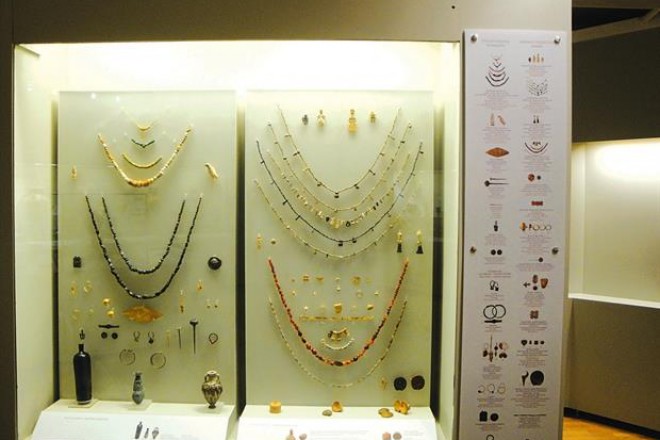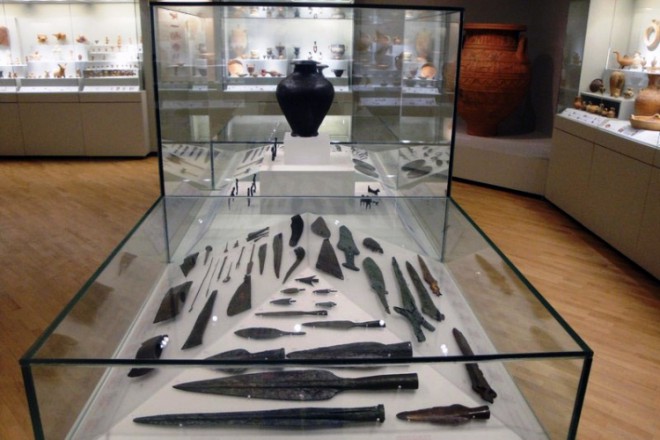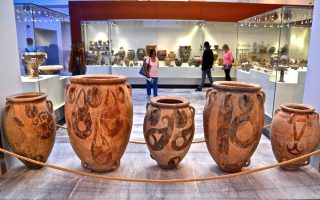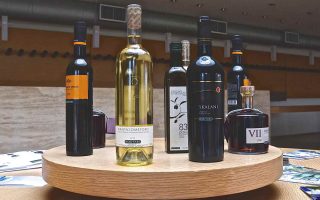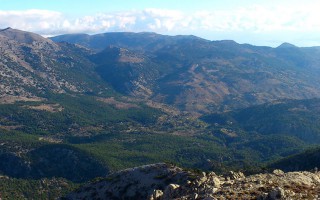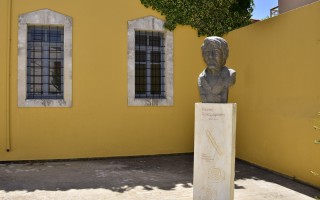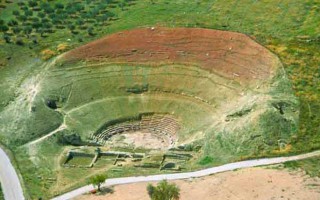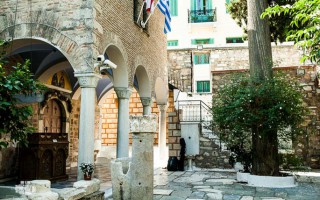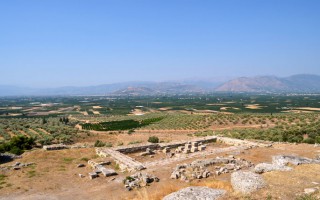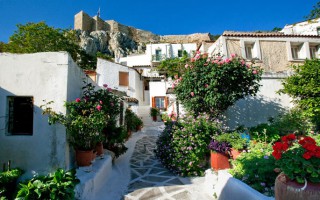The Malevizi Archaeological collection consists of artefacts from all the periods of Cretan history which are exhibited in 40 display cases (in a large hall in the municipality building). The majority of the artefacts were donated from the private collection of entrepreneur Nikolaos Metaxas, assembled between the years of 1959 and 1997 from all over Crete. The museum collection was further enriched with 30 more finds from recent excavations in the region of Malevizi. The collection as a whole paints a clear picture of ancient Cretan civilization with representative works of many forms of art covering a chronological span from 4000 BC to 300 AD.
The exhibition is organized in seven sections based on the category of the artefact. Each section is introduced with an informational panel (in both Greek and English) about its chronological, cultural and artistic background. Each of the displayed antiquities is accompanied by bilingual labels as well.
On entering the museum the visitor comes across the stone technology items which include stone tools, vases, bowls and jugs, dated from the Neolithic to the Minoan period.
The second and largest section is the pottery collection. It consists of vases, amphorae and everyday objects from various time periods. A potter’s wheel and a giant jar decorated with recurring themes of a sacred marriage and bulls dated to the 7th cent. BC, are amongst the highlights of the collection.
Next in the museum is the terracotta collection with objects dated from the Minoan to the Roman period. It includes terracotta and clay figurines of men, women, gods, models of objects and animals which were mainly used for ceremonial, religious and funerary purposes.
The sculpture collection follows. It includes artefacts from marble, figures and statues’ parts from the roman period while a marble perfume container dated to the 5th cent. B.C stands out.
Prominent part of the exhibition is the next collection, devoted to finds from the Malevizi area (the only artefacts not belonging to the Metaxa donation). Vessels, flasks and figurines from Gazi, Krousonas and Kavroxori, including an imposing, exceptionally painted, Minoan sarcophagus from the site in Tylisos.
The bronze collection consists of bronze objects from all periods of Cretan civilization. Such objects are daggers, knives, axes, arrows, medical and cosmetic tools, and figurines.
The last collection includes exquisitely crafted jewelry from the Minoan and later periods. It includes necklaces, earrings, rings, bracelets, pendants and various beads made of gold, silver, bronze, ivory and stone.
Source: www.incrediblecrete.gr


